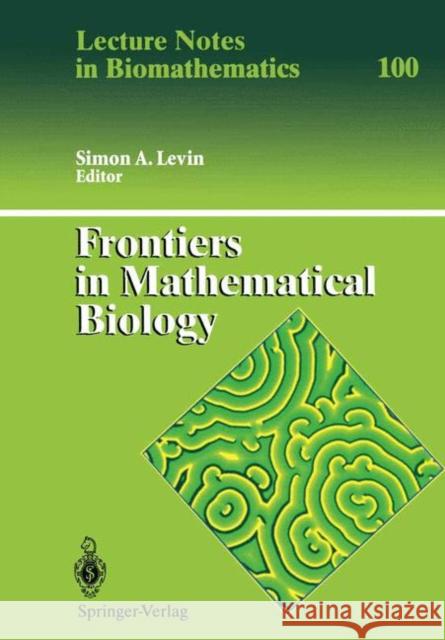Frontiers in Mathematical Biology » książka
Frontiers in Mathematical Biology
ISBN-13: 9783642501265 / Angielski / Miękka / 2012 / 633 str.
From a mathematical point of view, physiologically structured population models are an underdeveloped branch of the theory of infinite dimensional dynamical systems. We have called attention to four aspects: (i) A choice has to be made about the kind of equations one extracts from the predominantly verbal arguments about the basic assumptions, and subsequently uses as a starting point for a rigorous mathematical analysis. Though differential equations are easy to formulate (different mechanisms don't interact in infinites imal time intervals and so end up as separate terms in the equations) they may be hard to interpret rigorously as infinitesimal generators. Integral equations constitute an attractive alternative. (ii) The ability of physiologically structured population models to increase our un derstanding of the relation between mechanisms at the i-level and phenomena at the p-level will depend strongly on the development of dynamical systems lab facilities which are applicable to this class of models. (iii) Physiologically structured population models are ideally suited for the for mulation of evolutionary questions. Apart from the special case of age (see Charlesworth 1980, Yodzis 1989, Caswell 1989, and the references given there) hardly any theory exists at the moment. This will, hopefully, change rapidly in the coming years. Again the development of appropriate software may turn out to be crucial."











